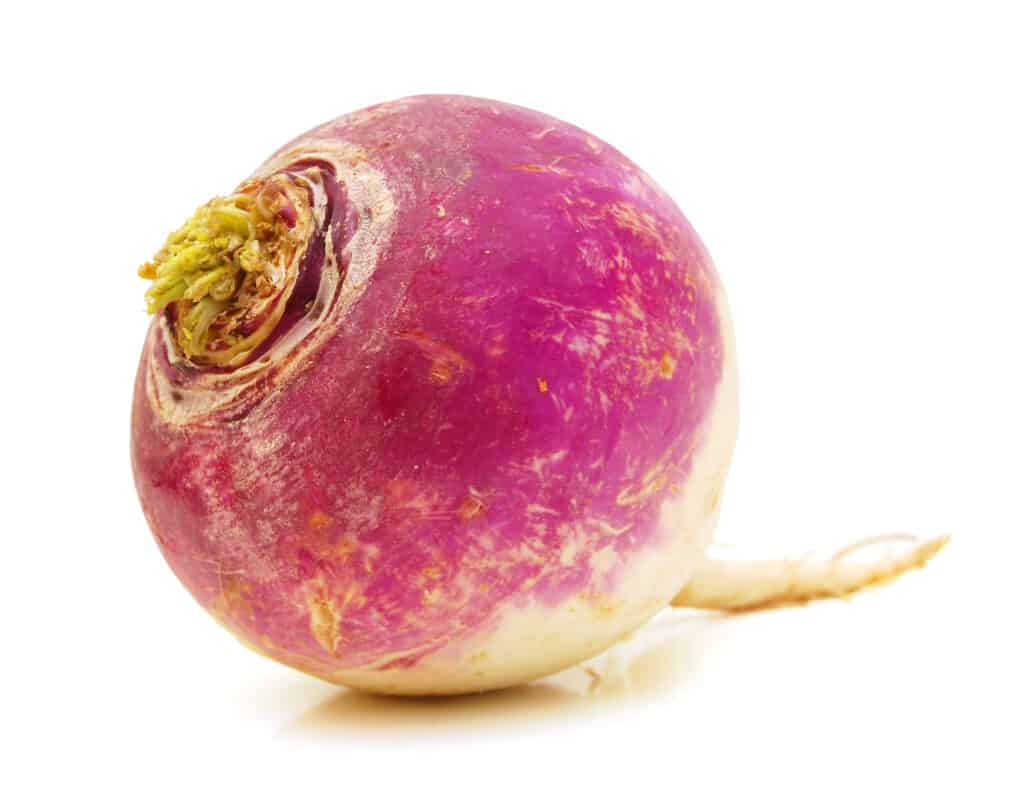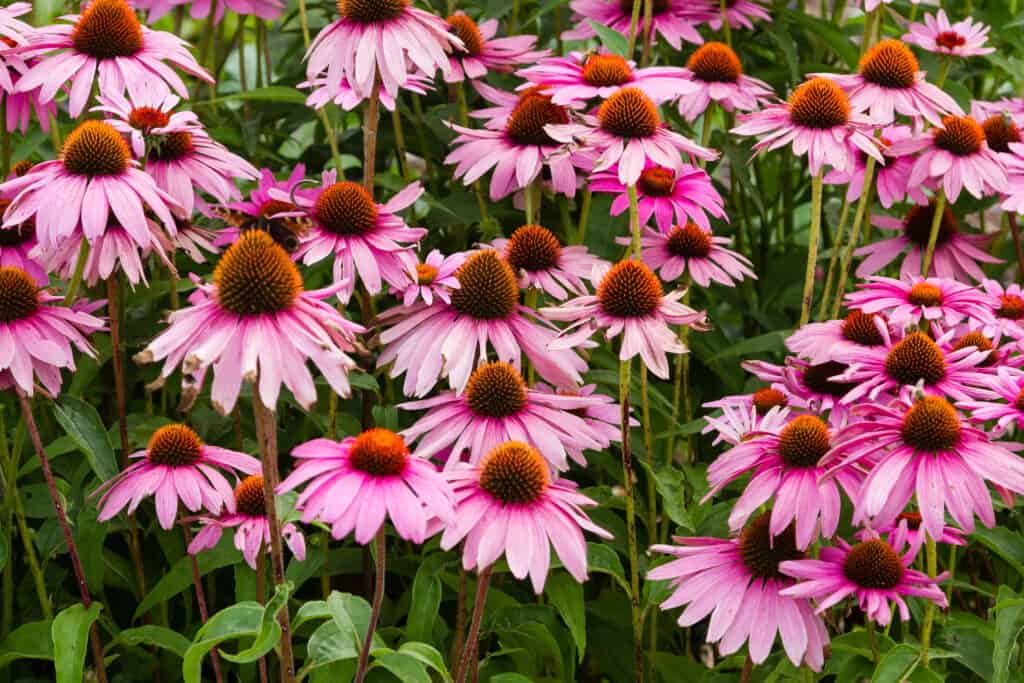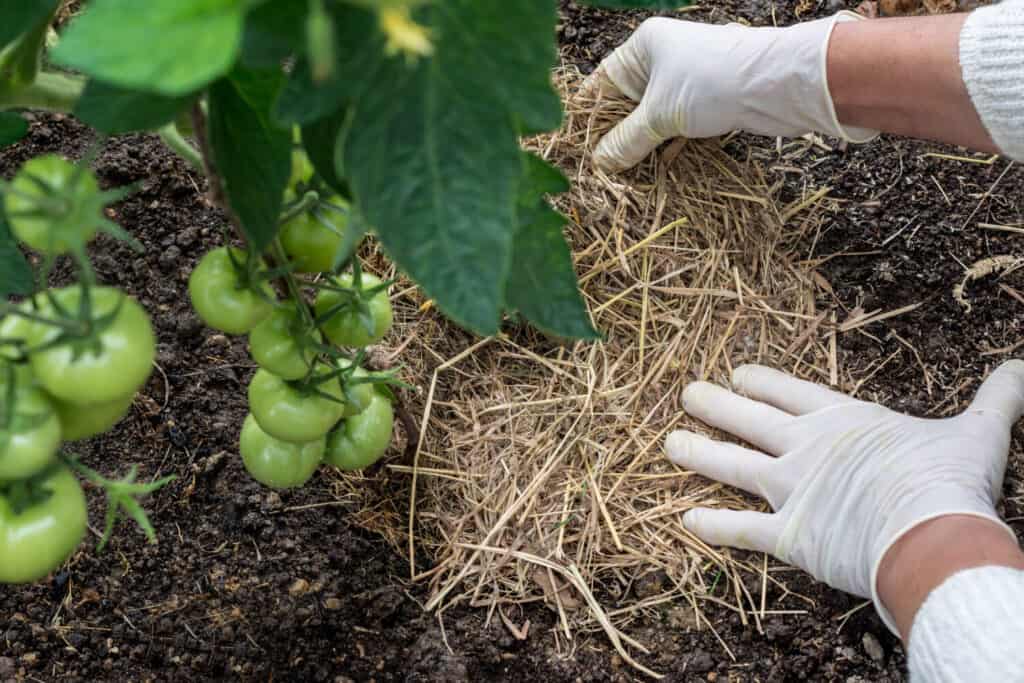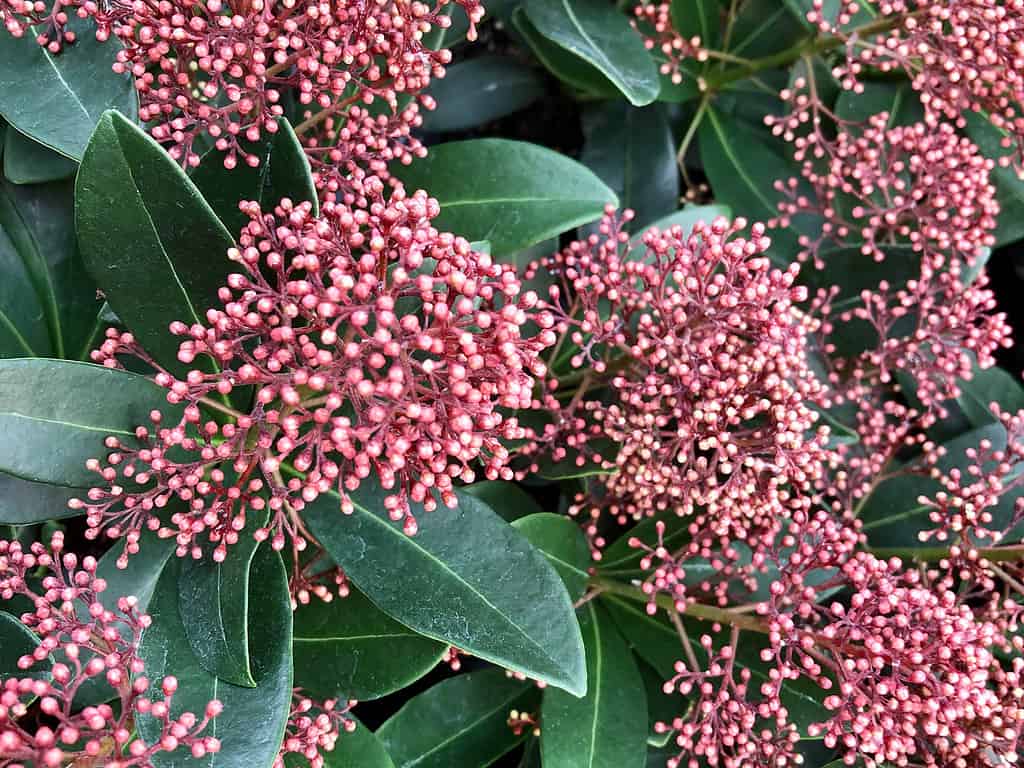Do you live in Maine and long to have a successful garden? Have you tried various plant species over the years with no success? Learning about and gardening within the appropriate USDA Hardiness Zone may help. Here, you will discover Maine’s growing zones, which will help narrow down some available plant choices. Then, we will cover nine tips to help keep flowers, shrubs, vegetables, and trees alive once they enter the ground.
Let’s dive in.
What Are USDA Hardiness Zones?
Not all plants will grow equally well in every region. Some tolerate heat better, while others prefer colder weather. That can make finding the appropriate trees, flowers, vegetables, or shrubs challenging. So, researchers developed the USDA Hardiness Zone map to help. This handy guide will help gardeners select the most appropriate plants for their local region.
The map divides the country into thirteen primary zones (1-13). These are based on a ten-degree Fahrenheit range and subdivided into two five-degree sections.
Each area’s placement on the map is determined by its coldest average winter temperature based on the past 30 years of data.
What Are Maine’s Growing Zones?
Most of Maine falls into five growing zones – 3b, 4a, 4b, 5a, and 5b. However, a handful of outlying areas cross over into 6a. Understanding which zone your region is in will help ensure that your garden is most successful.
The coldest average temperature for zone 3b ranges from -35 to -30 degrees Fahrenheit (-37.2 to -34.4 degrees Celsius). And the coldest average temperature for zone 6a is -10 to -5 degrees Fahrenheit (-23.3 to -20.6 degrees Celsius). So, as you can see, there is a tremendous range within the state. That said, try not to get stuck in a specific zone. Many plants do well in neighboring zones. Don’t be shy about trying certain plants out to see what happens!

Maine USDA Hardiness Zones
©https://extension.umaine.edu/gardening/manual/usda-plant-hardiness-zone-map/#:~:text=Maine%20spans%20Plant%20Hardiness%20Zones,zone%20is%20split%20in%20half. – License
9 Keys to Keeping Flowers, Shrubs, and Trees Alive in Maine’s Growing Zones
While the zones may change throughout the state, a few general tips will help keep plants alive in Maine. Here are nine things to keep in mind:
1. Take Advantage of the Outlying Months
Since much of Maine has a relatively short growing season, it is critical to capitalize on the available time. And that means implementing a more seasonal planting schedule to ensure you can take advantage of the “extra” months.
As soon as the ground can get worked, plant vegetables like lettuce, onion sets, spinach, and turnips. These cold-tolerant plants can handle a light frost and will help extend the harvest window. You can lean on them again as the summer winds to a close.
Consider adding a third and final planting in early August. This time of year is great for things like the Brassica family, which thrive in cooler weather.

Choosing root vegetables like turnips will help ensure your vegetable garden survives before (and after) frost-tender fruits and vegetables can grow.
©Tiger Images/Shutterstock.com
2. Select Shorter Season Varieties
Don’t give up completely on vegetables with a longer growing season, like winter squash or pumpkins. Several varieties were specifically bred for shorter-season climates. Take some time to browse multiple seed catalogs to find vegetables that are best suited for your region.

Most squash takes longer to grow. However, some varieties will do well in shorter-growing regions.
©Longfin Media/Shutterstock.com
3. Add a Cold Frame
Extend your growing season even further by adding a cold frame. This solution may not work the entire winter (depending on your growing zone). However, it will help add at least another month or two to either side of the traditional gardening season. There are plenty of pre-built options available. Some will have options to hook the box up to a heating system, effectively creating a greenhouse for the winter.
Gardeners skilled in carpentry can also choose the DIY route. There are countless plans and inspirations online. Building a cold frame yourself will ensure it checks off every box and is the exact size you need.

Cold frames will help extend the short growing season in Maine.
©Paul Maguire/Shutterstock.com
4. Invest in Frost Blankets
Everyone living in a colder environment knows that frosts arrive when they want rather than on a specific schedule. So, you may have meticulously planned the gardening season to eke out every growing day before the last average frost date. Except for some years, that first frost arrives unexpectedly and weeks early.
Having a stash of frost blankets handy will help keep the plants protected during these moments.

Add a frost blanket or sheet over your tender plants on the coldest days to protect them against the frost.
©Tasha-photo/Shutterstock.com
5. Wrap Trees
Adding trees to a Maine yard or garden is possible. However, it means extra precautionary steps may be necessary during the harshest winter months. Watch the forecast and wrap tree trunks in blankets before significant cold spells in all of Maine’s growing zones. This step will help protect against major frost damage so your tree can survive another year!

Not all trees can survive winter unscathed, like Douglas Firs (pictured). Consider wrapping the tree trunks to protect them from excess cold.
©Jacquie Klose/Shutterstock.com
6. Use Containers
Container planting is a valid way to garden and may be optimal in the coldest areas. The best things about containers are that they are mobile, and nearly anything can go in them. That means the gardening world is your oyster! There are ample container-friendly shrubs, trees, vegetables, and flowers available.
A little online research or a chat with the local garden center will help point you in the right direction. These containers can remain outdoors during much of the winter, which will help the plants get plenty of direct sunlight. But they can also be moved indoors when major cold spells or snow storms occur.

Gardening in containers ensures your trees, shrubs, flowers, or vegetables can be moved indoors during the harshest weather periods in Maine’s growing zones.
©sagarmanis/ iStock / Getty Images Plus via Getty Images
7. Plant Perennial Flowers
Perennial flowers make a fantastic addition to any Maine garden. Many varieties require a cold spell to develop their root system. That means their bulbs or cuttings need to get planted in the fall and over winter. Once spring rolls around, many of these varieties will start blossoming long before any of your other plants are ready to grow. That will help bring a little joy after a long winter and add inspiration for the gardening season.

Planting perennial flowers, like the coneflowers pictured, will bring springtime a little earlier and help encourage garden work.
©Milosz Maslanka/Shutterstock.com
8. Add Mulch
Even cold, hardy plants may struggle during the early spring and late fall. But don’t worry. There is another way to protect them. Consider adding a thick layer of mulch around or even on top of plants like kale. This protective layer will help keep much of the cold out and prevent frost damage to the tender leaves.
There is a note of caution to add here, though. If you want to add mulch, make sure you are watering from the bottom. Using drip irrigation would be ideal. The last thing you want to do is create a mold-friendly environment that will damage your plants.

Consider adding a thick layer of mulch around or even on top of plants to keep much of the cold out and prevent frost damage to the tender leaves.
©Jurga Jot/Shutterstock.com
9. Wrap Shrubs
Shrubs make a lovely addition to outdoor spaces in Maine. And many tolerate the cold weather well. However, prolonged deep cold spells can affect your plants, even if they are cold-tolerant. Consider purchasing burlap or other breathable material. Covering shrubs with something like burlap will help protect against hard freezes.

Protect your perennial shrubs with a breathable fabric like burlap over the winter to prevent frostbite or death.
©Roger Mechan/ via Getty Images
The photo featured at the top of this post is © iStock.com/Jasmina81
Thank you for reading! Have some feedback for us? Contact the AZ Animals editorial team.






